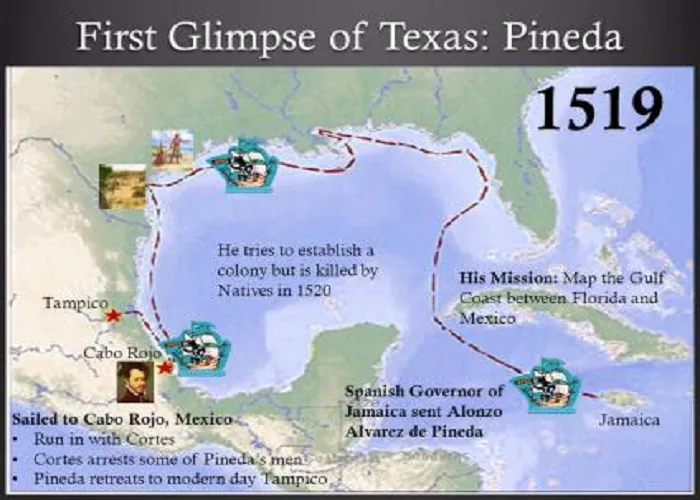The history of Texas is rich and complex, shaped by various explorers and indigenous cultures. Understanding who first explored Texas involves examining the journeys of early European explorers and their interactions with native populations.
Early Indigenous Inhabitants
Before European exploration, Texas was home to diverse Native American tribes, including the Caddo, Apache, and Karankawa. These tribes had established complex societies with distinct cultures and traditions. Their presence laid the foundation for the region’s history long before Europeans arrived.
European Exploration of Texas
While Native Americans were the first to inhabit Texas, European explorers were the first to document and claim the land for their countries. The story of European discovery in Texas begins in the early 16th century.
Álvar Núñez Cabeza de Vaca (1528)
While Álvarez de Pineda mapped the coastline, the first European to explore the interior of Texas was Álvar Núñez Cabeza de Vaca. In 1528, after a shipwreck near present-day Galveston Island, Cabeza de Vaca and his companions spent several years living among indigenous tribes. His accounts provide some of the earliest descriptions of the land and its native peoples, offering invaluable insights into early Texas history.
Francisco Vázquez de Coronado (1540-1542)
In the early 1540s, Spanish explorer Francisco Vázquez de Coronado led an expedition through the southwestern United States, including parts of Texas. He was searching for the legendary “Seven Cities of Gold” but instead found vast plains and Native American villages. His journey marked the first major European exploration of the Texas interior.
René-Robert Cavelier, Sieur de La Salle (1685)
French explorer René-Robert Cavelier, Sieur de La Salle, also played a role in Texas history. In 1685, he established a French settlement called Fort Saint Louis near present-day Matagorda Bay. This was the first European settlement in Texas, but it was short-lived. The colony failed due to disease, conflicts with Native Americans, and poor planning.
Spanish Colonization of Texas
After La Salle’s failed colony, the Spanish became more interested in Texas. They wanted to secure the region and prevent French expansion. In 1690, the Spanish established the first Catholic missions in East Texas. These missions were intended to convert Native Americans to Christianity and solidify Spanish control.
Over the next century, the Spanish built more missions, presidios (forts), and settlements in Texas. Some of the most famous missions, like the Alamo in San Antonio, were established during this time. However, Spanish colonization faced many challenges, including resistance from Native American tribes and limited resources.
Hernando de Soto: Southeastern Exploration
Around the same period, Hernando de Soto led an expedition through the southeastern United States, entering Texas from the east. His journey provided additional information about the region’s geography and native populations, although it did not result in permanent settlements.
Establishment of Missions and Settlements
Following these explorations, Spain sought to solidify its claim over Texas by establishing missions and settlements. In 1682, the first Spanish mission, Corpus Christi de la Ysleta, was founded near present-day El Paso. These missions aimed to convert indigenous peoples to Christianity and integrate them into Spanish colonial society, laying the groundwork for future development in the region.
French Exploration: René-Robert Cavelier, Sieur de La Salle
In 1685, French explorer René-Robert Cavelier, Sieur de La Salle, established Fort St. Louis on the Texas coast, challenging Spanish claims. Although the settlement was short-lived, it prompted Spain to intensify its efforts to colonize Texas, leading to the establishment of additional missions and presidios.
Conclusion
The question of who first found Texas encompasses a tapestry of exploration and cultural interactions. While indigenous tribes were the original inhabitants, European exploration began with figures like Alonso Álvarez de Pineda, who mapped the coastline in 1519, and Álvar Núñez Cabeza de Vaca, who ventured into the interior in 1528. Subsequent expeditions by explorers such as Francisco Vázquez de Coronado and Hernando de Soto further unveiled the region’s landscape. These early explorations set the stage for the complex history of Texas, marked by diverse influences and enduring legacies.

